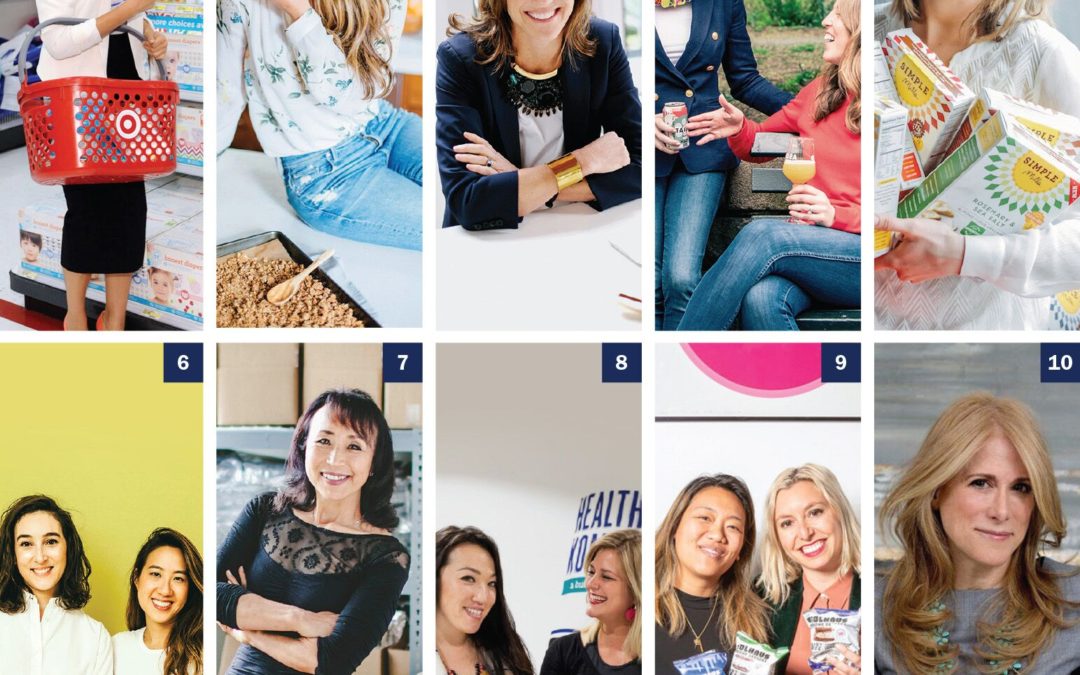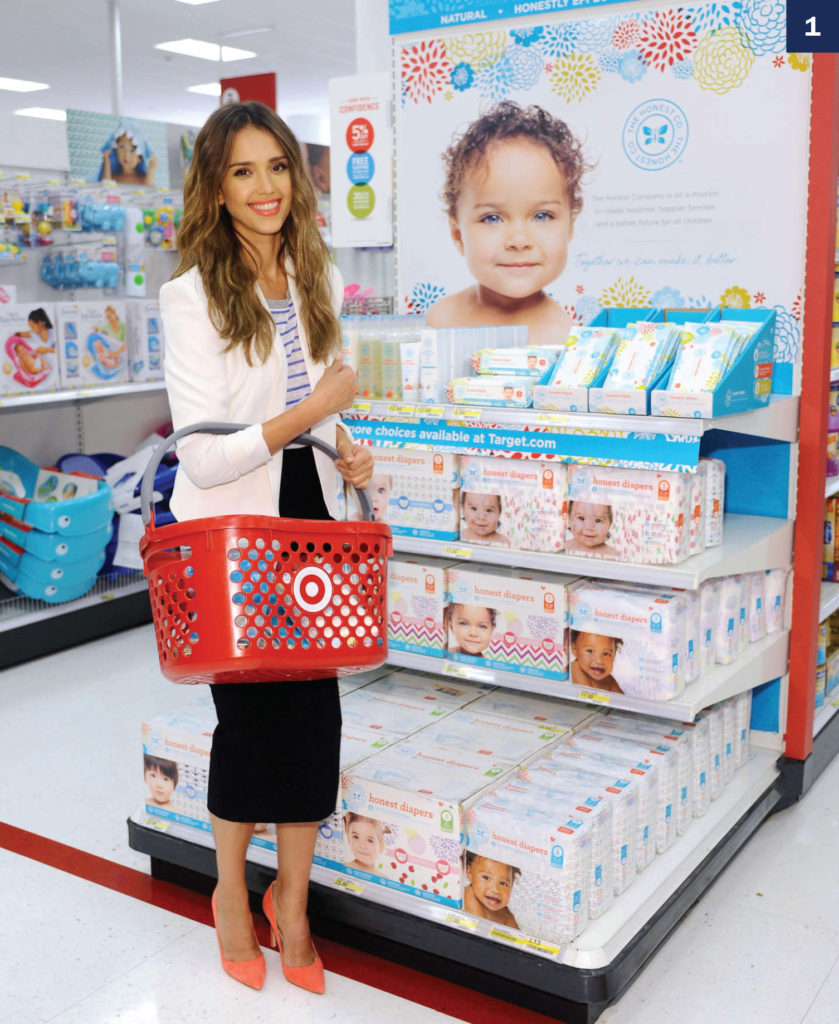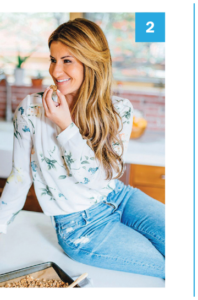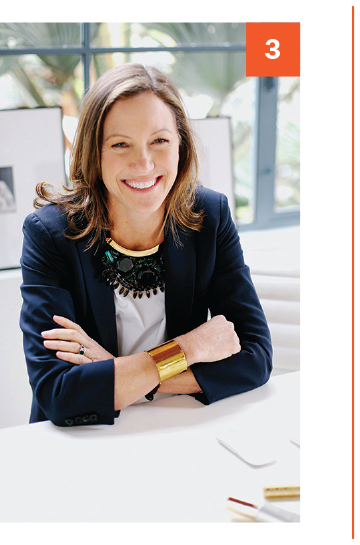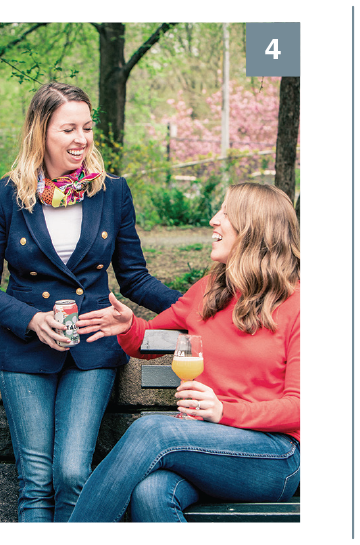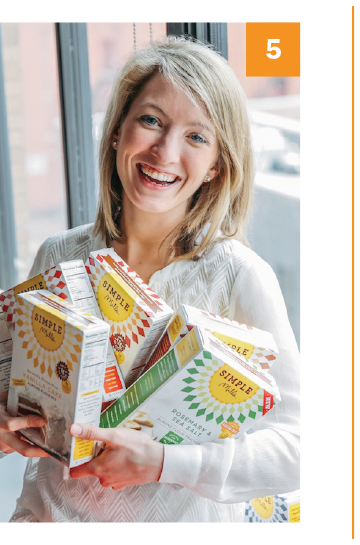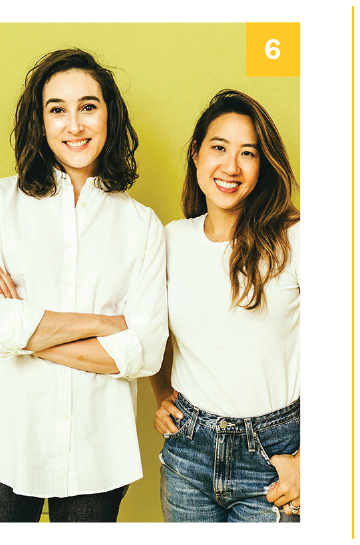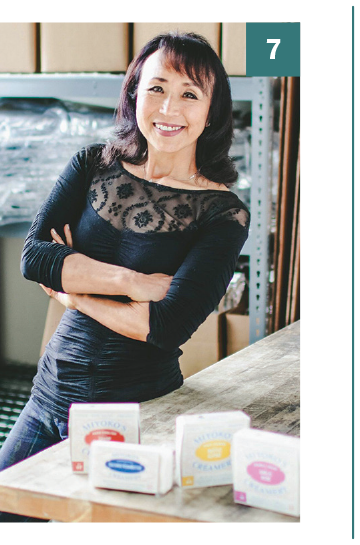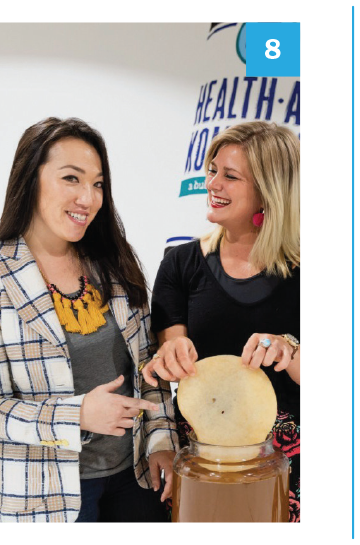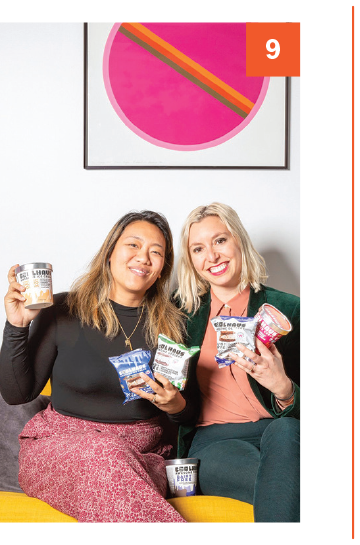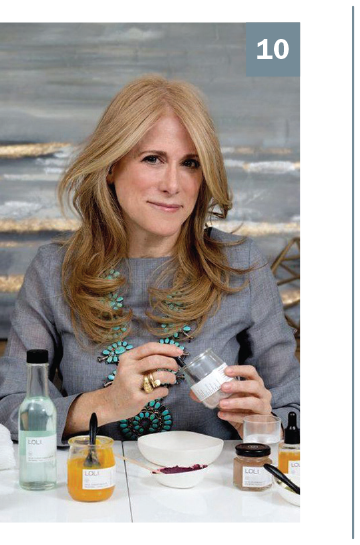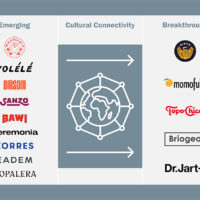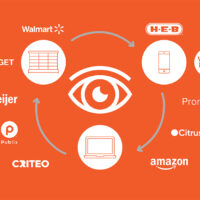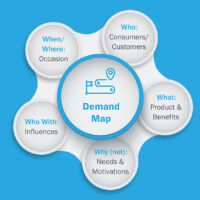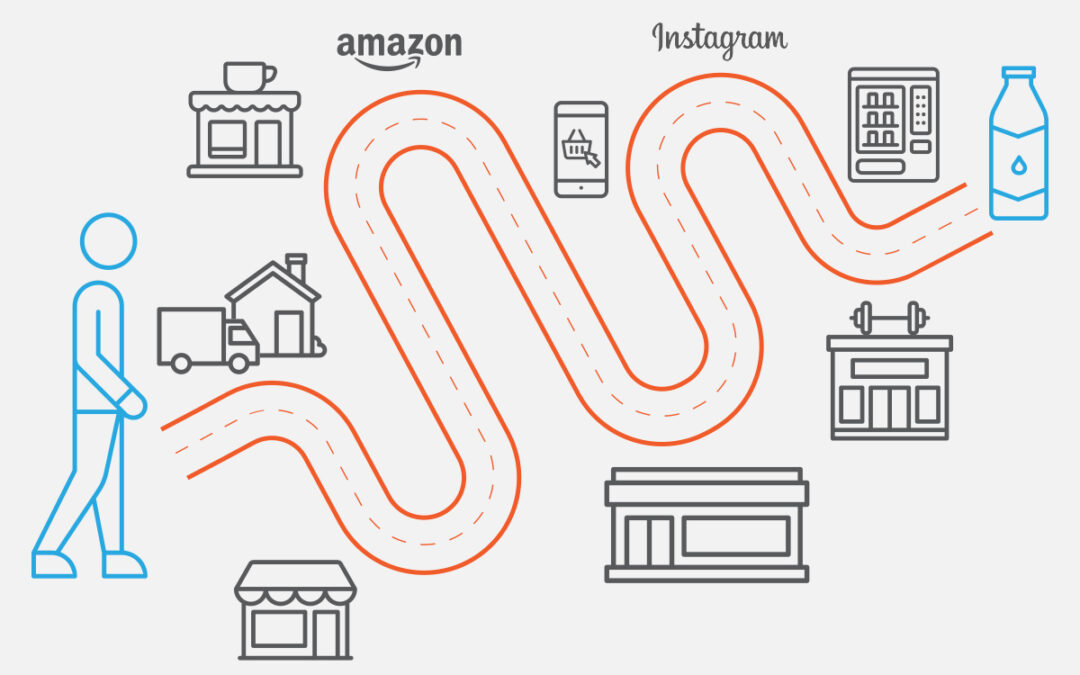
Winning Omnichannel in the Next Normal
Winning Omnichannel in the Next Normal
Does your organization have a strategy to gain share in an omnichannel environment turned upside-down by COVID-19?
A significant shift occurred in the consumer packaged goods industry over the past few years as leading organizations adopted an omnichannel approach to consumer demand generation and selling. These companies moved away from a siloed, ‘push’ approach to mass marketing and acknowledged the realities of a complex consumer / shopper journey along with the need to make brand connections in a more relevant, meaningful way. Those that made the shift realized significant growth as the majority of industry growth shifted to sources outside the traditional brick and mortar world.
COVID-19 heightened the importance of taking an omnichannel view as consumer points of influence and purchase rapidly shift. It also revealed the need to re-visit what we mean by the term omnichannel, given three new realities:
1. Omnichannel is bigger than we thought
2. Consumer / shopper journeys are dynamic and rapidly changing
3. Last year’s playbook no longer applies
Omnichannel is bigger than we thought
Do you know where your core consumer personas are making brand decisions and shopping? That question is increasingly difficult to answer, as the majority of CPG spending now falls outside of ‘traditional’ sources tracked by syndicated data.
Both brands and retailers now compete against a broader set of options that threaten to supplant their offerings with more compelling value propositions. A broader framing also makes it increasingly difficult to influence consumers as they move along the purchase journey.
Example: Functional Water
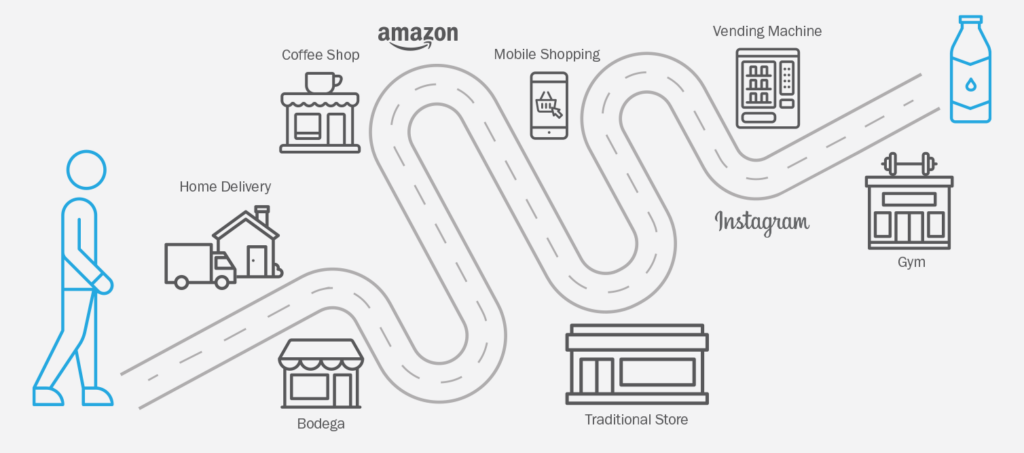
Brands and retailers must recognize that consumers do not think in terms of ‘channels.’ The imperative is to conduct regular, far-reaching assessments of where and how consumer personas are fulfilling their needs—or risk losing market share to unseen or untracked competitors.
Consumer/shopper journeys are dynamic and rapidly changing
Consumers are changing more quickly than ever. Gone are the days when brand owners and retailers could comfortably develop annual plans followed by a period focused on execution. The disruption and changes ushered in by COVID provide an important lesson on the need to adapt quickly.

While COVID is clearly disruptive, brands and retailers need to be vigilant and agile at all times. For example, the Pet category experienced tremendous change when Chewy.com and Amazon provided a much more compelling total value equation for pet parents that caught many brands and retailers flat-footed.
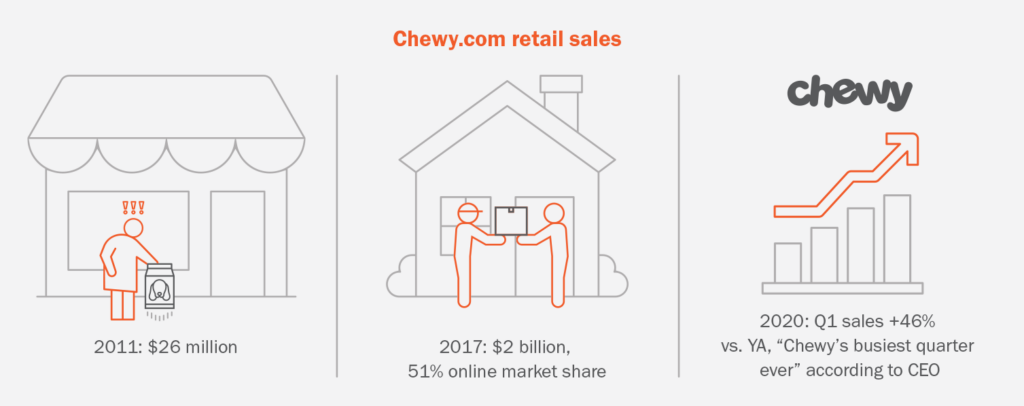
Brand owners and retailers need to efficiently focus resources on consumers that represent a disproportionate share of business. But rapidly changing consumer behaviors reinforce the need to also deploy forward-looking insights to identify future sources of growth or disruption, and proactively nurture these spaces before competition arises. This requires brands to develop rapid “test and learn” capabilities to create conviction and action new learning. Otherwise, business owners find themselves chasing new sources of demand and struggling to close a widening gap.
Last year’s playbook no longer applies
In this fluid landscape, it is increasingly challenging for brands and retailers to stay visible and trigger connections at the right time. In the Next Normal, brands can no longer be passive influencers of the experience at the shelf or rely on basic ecommerce search.
Example: Impulse triggers have shifted
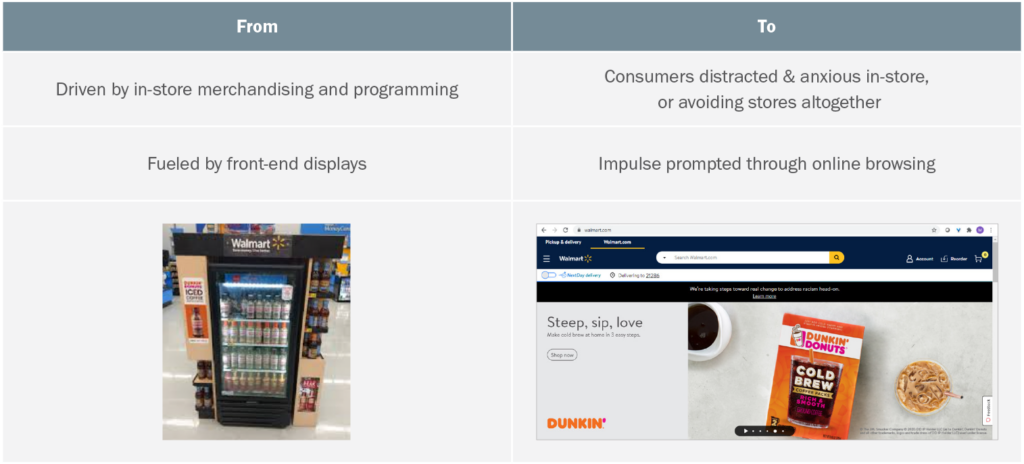
The need to connect with consumers at the right time, in the right way, with the right message is even more important given that only 8% of today’s consumers consider themselves brand loyalists, and are highly willing to switch brands or retailers when they see a better offer.
It is critical to understand the relationship between your brand offer and your consumer’s lifestyle. Leading brand owners and retailers are using forward-looking journey insights to map where and how to best sway consumers through brand messages and value added experiences.
How to drive change
Brand owners and retailers need to take action now to ensure they are equipped to win in the Next Normal and beyond. As we’ve seen, the only constant is change: the CPG industry has changed as much over the past three months as in the prior ten years. Four key steps are recommended to configure for an omnichannel Next Normal. Each step is illustrated based on a case example from a leading personal care company that successfully unlocked new pathways to omnichannel growth.
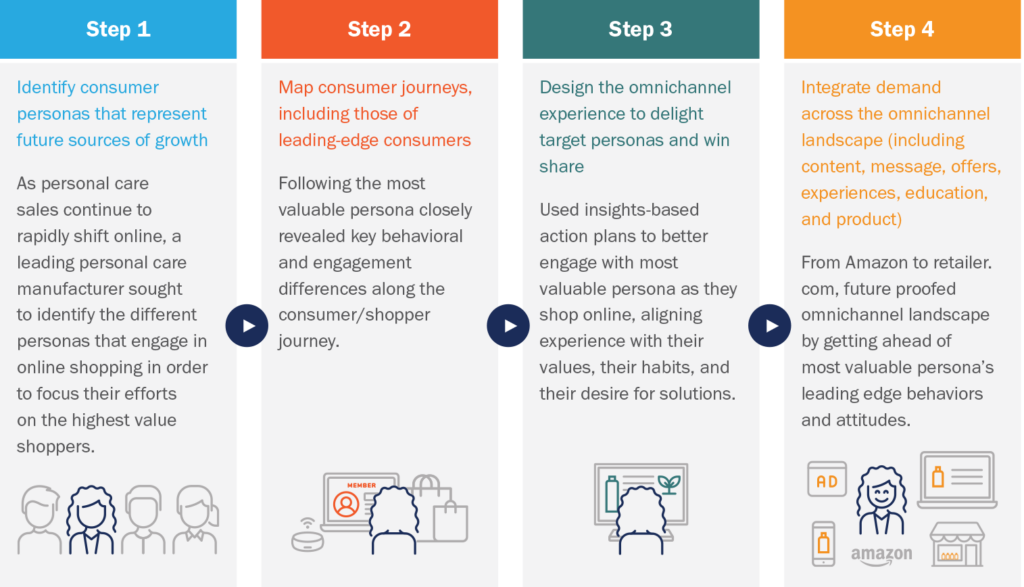
Seurat Group is an insights-driven consumer packaged goods consulting and private equity firm whose mission is to delight consumers. We create for our clients the clarity to act & invest in a better future.
Reach out at info@seuratgroup.com for additional thoughts on building a consumer/shopper insight foundation and omnichannel growth strategy for the Next Normal and beyond.

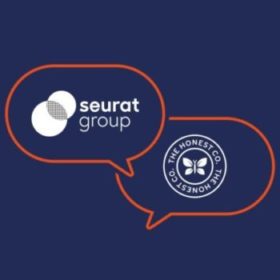
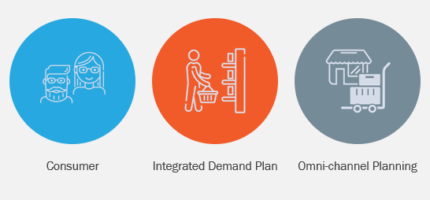
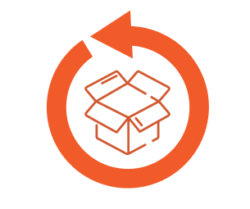
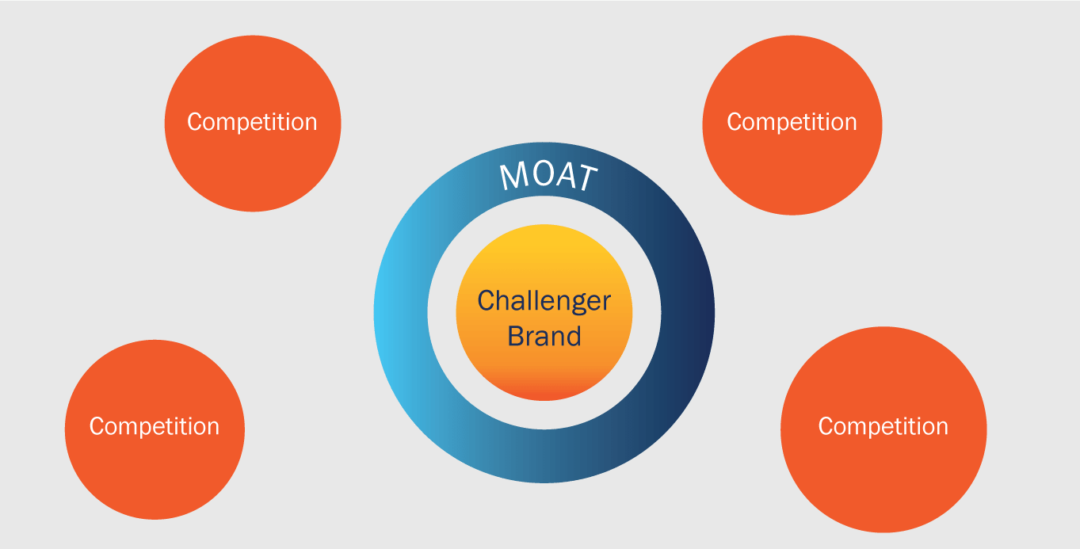
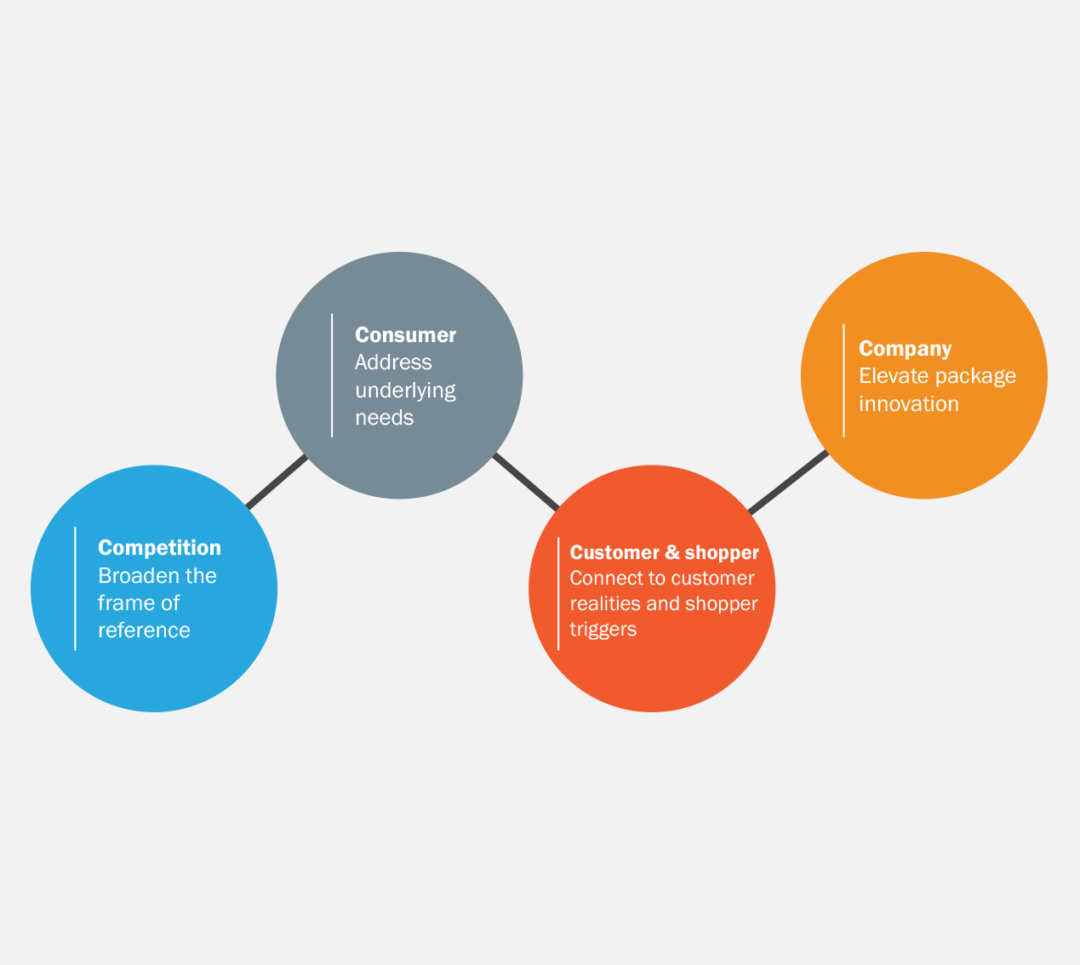
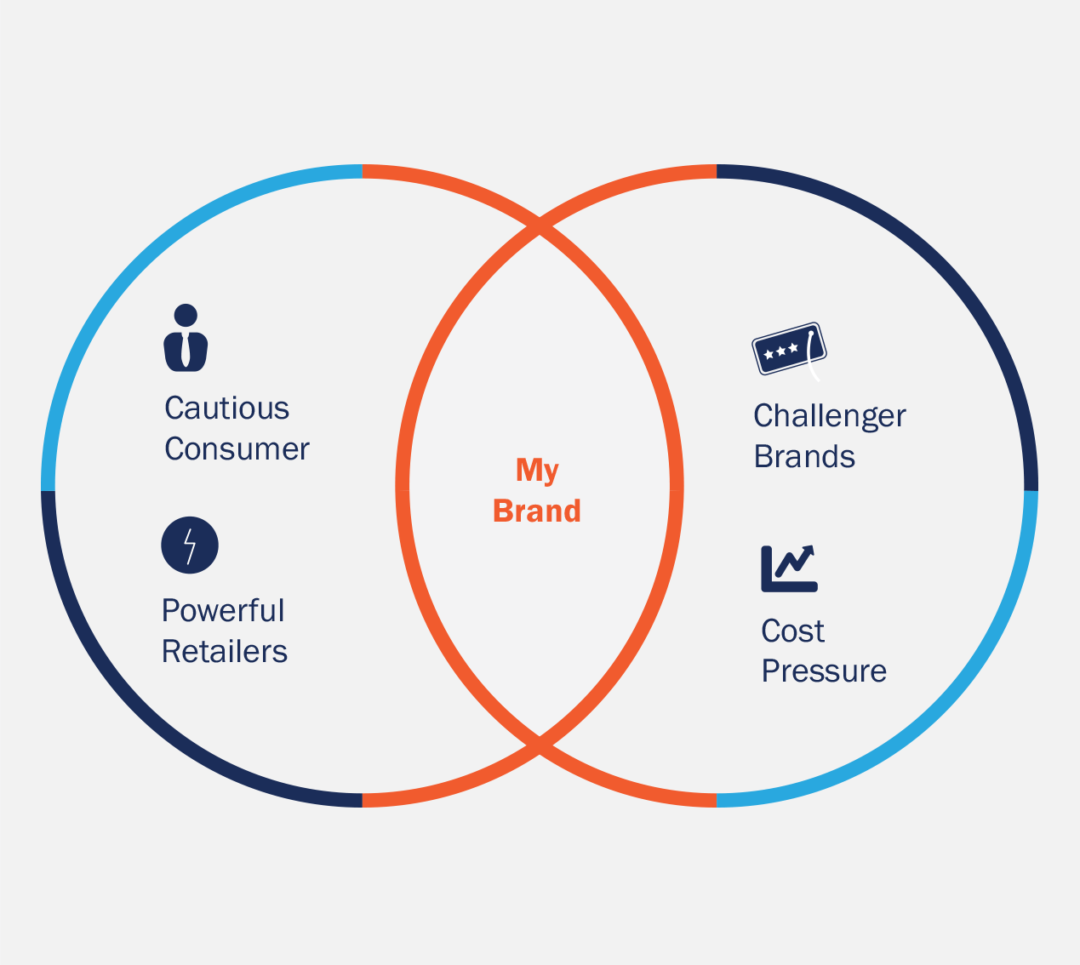
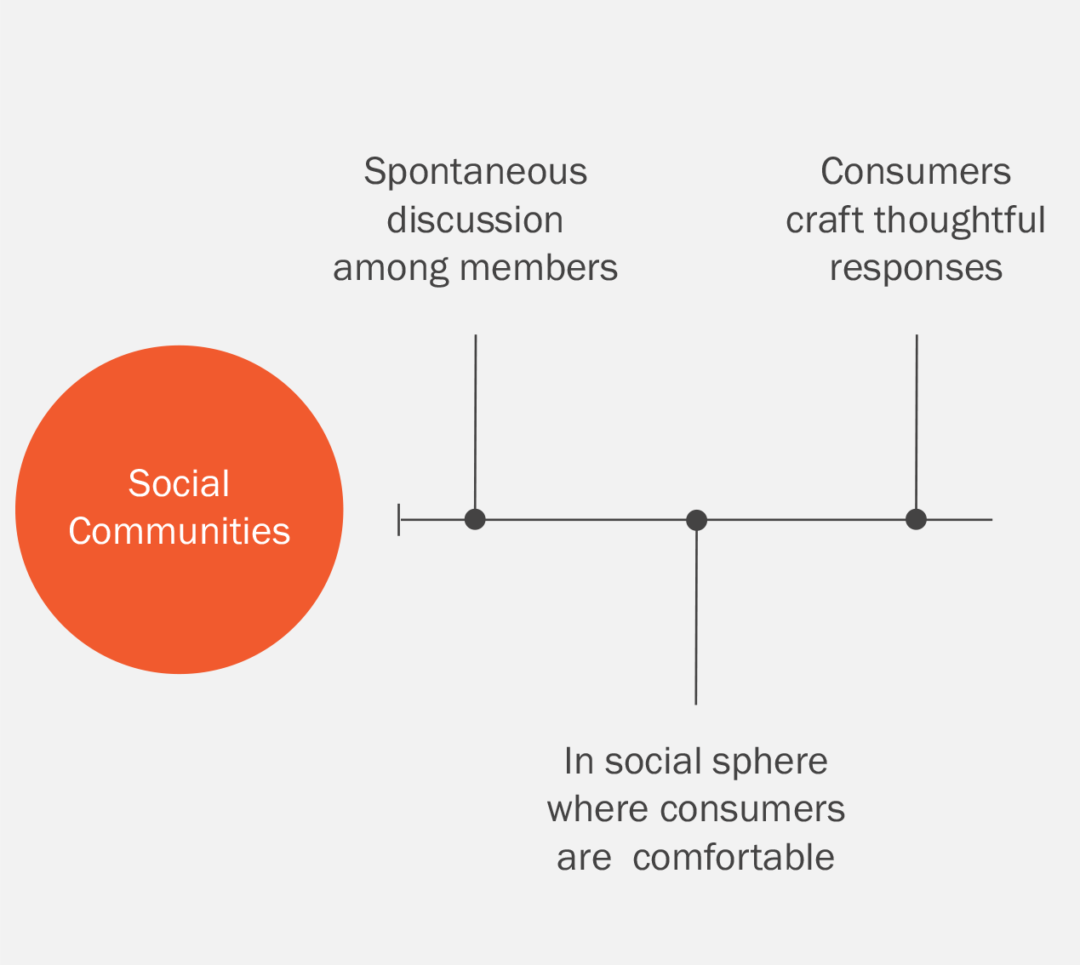
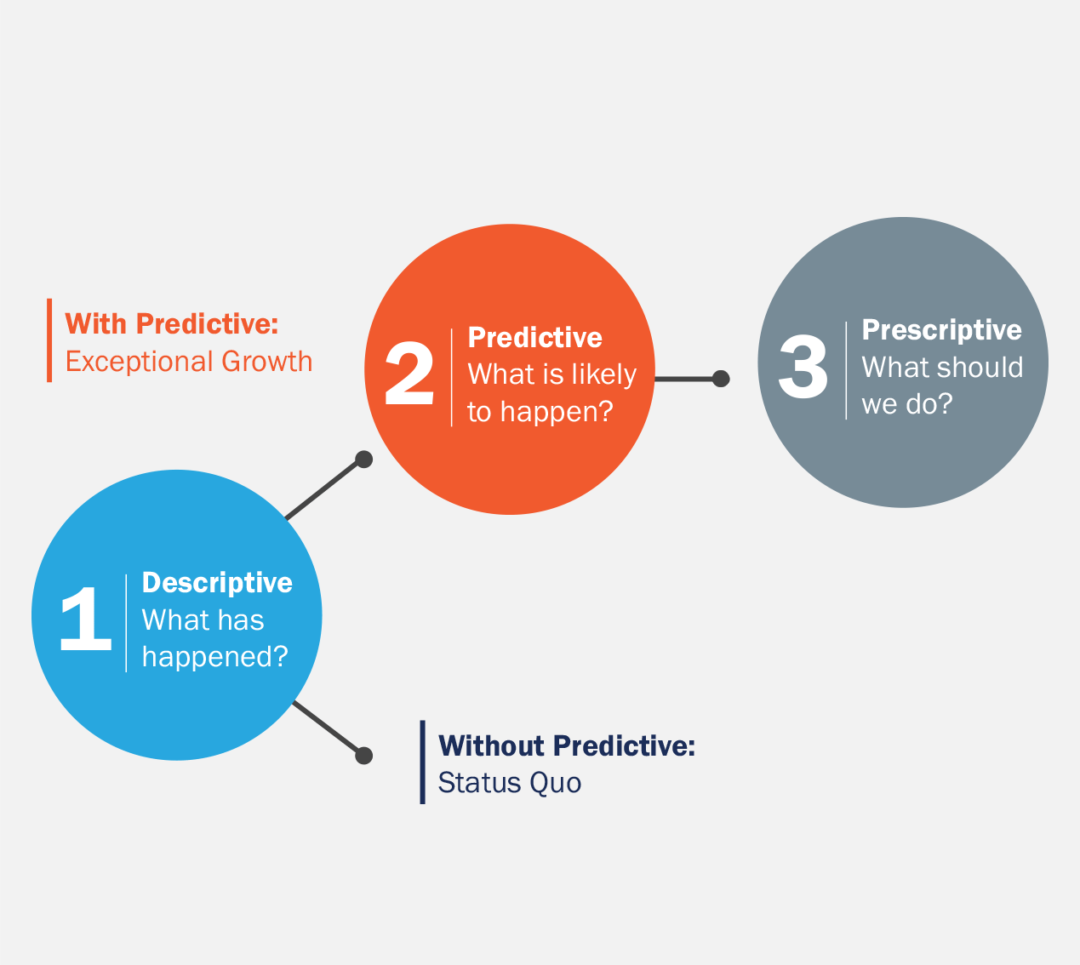
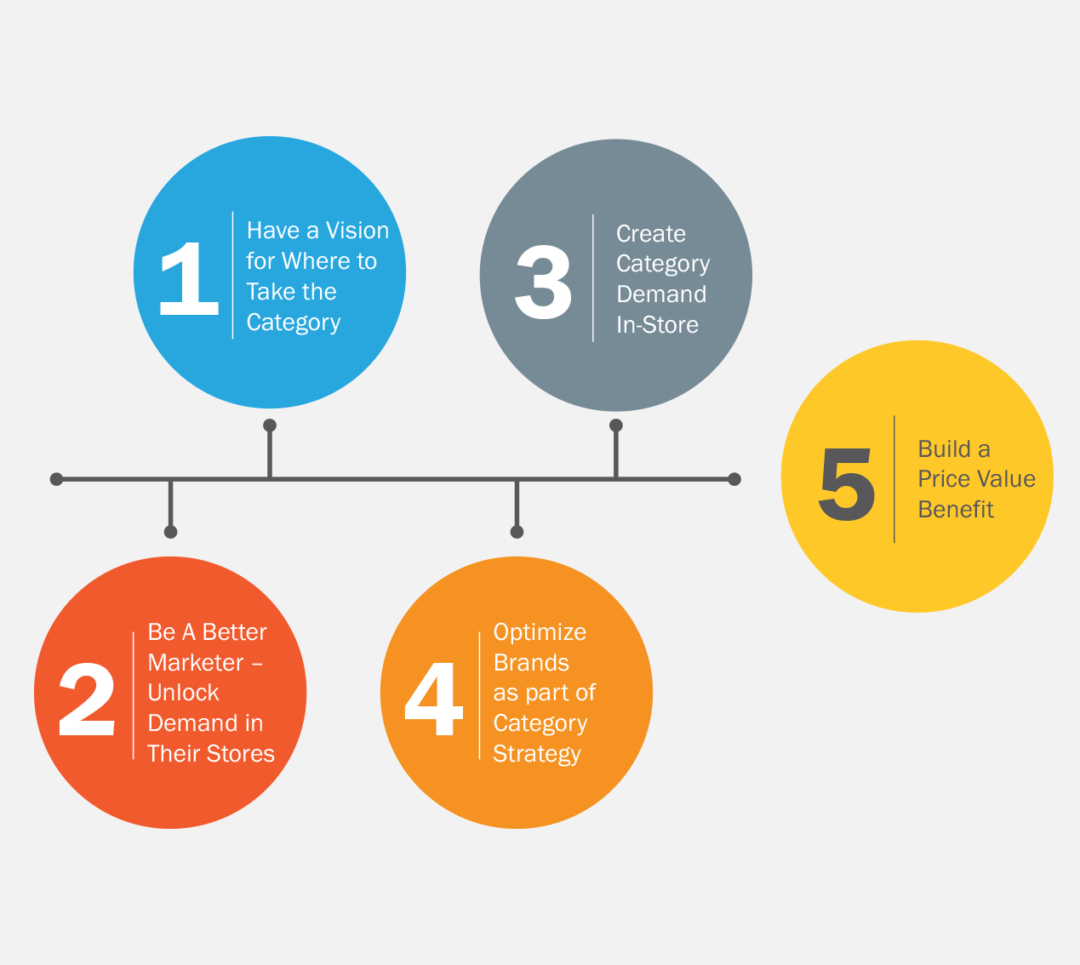
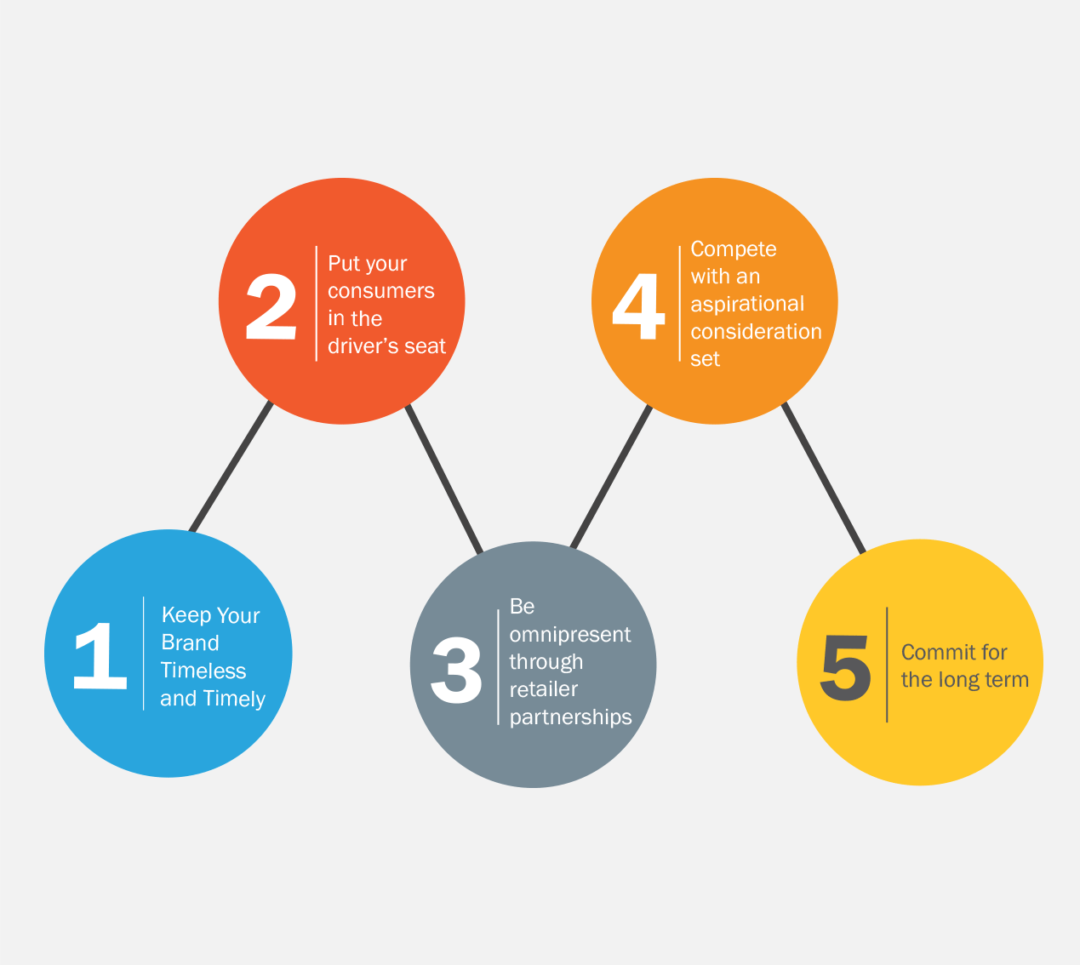

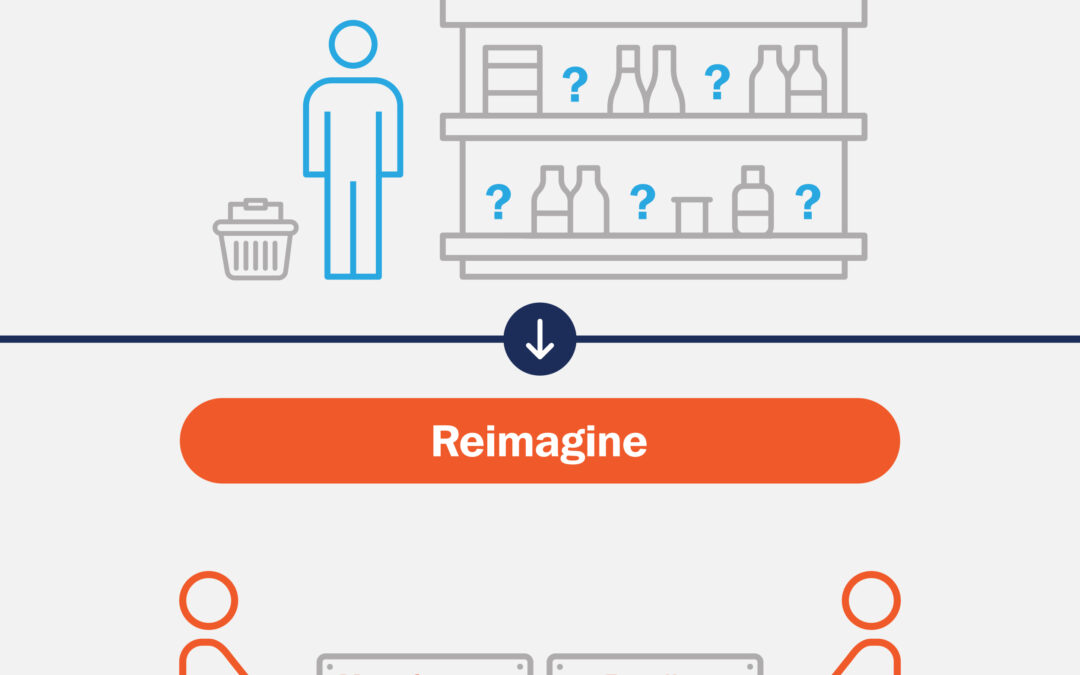

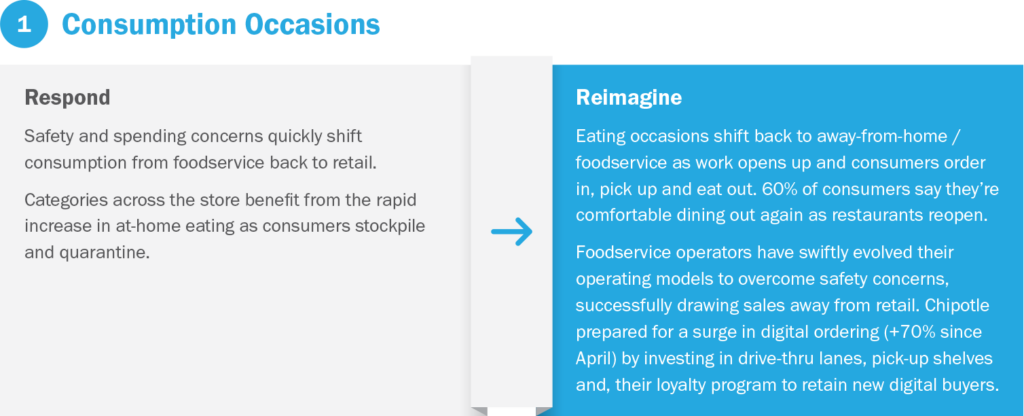

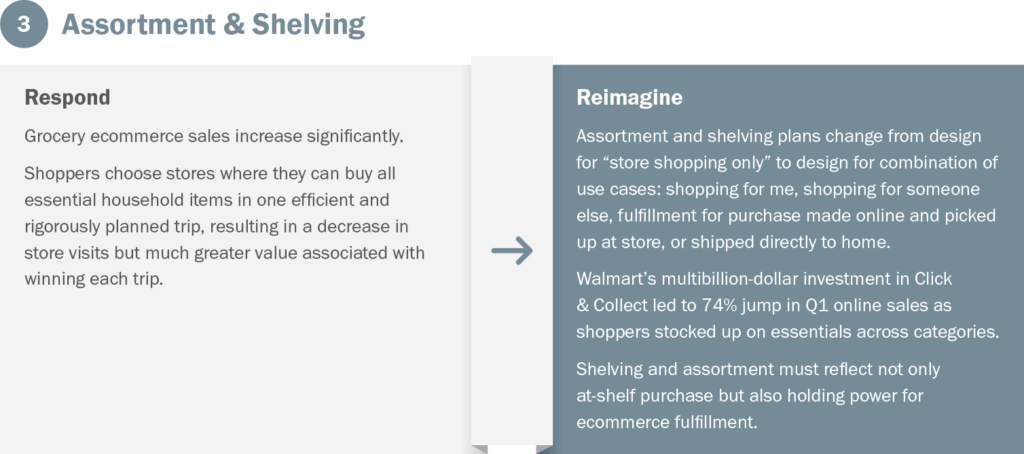
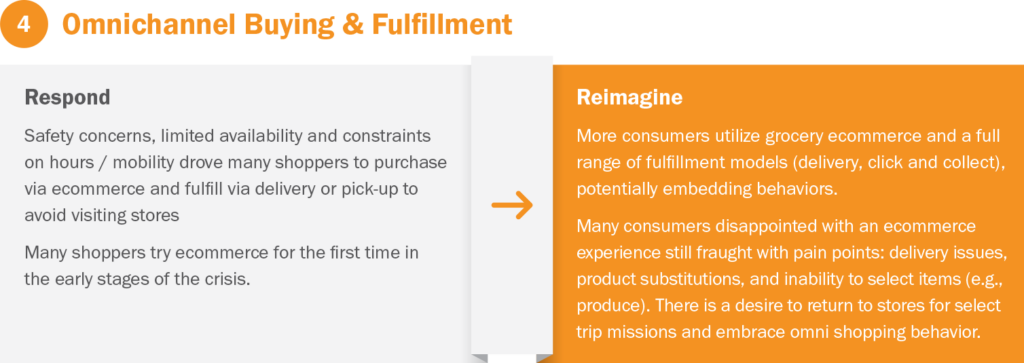
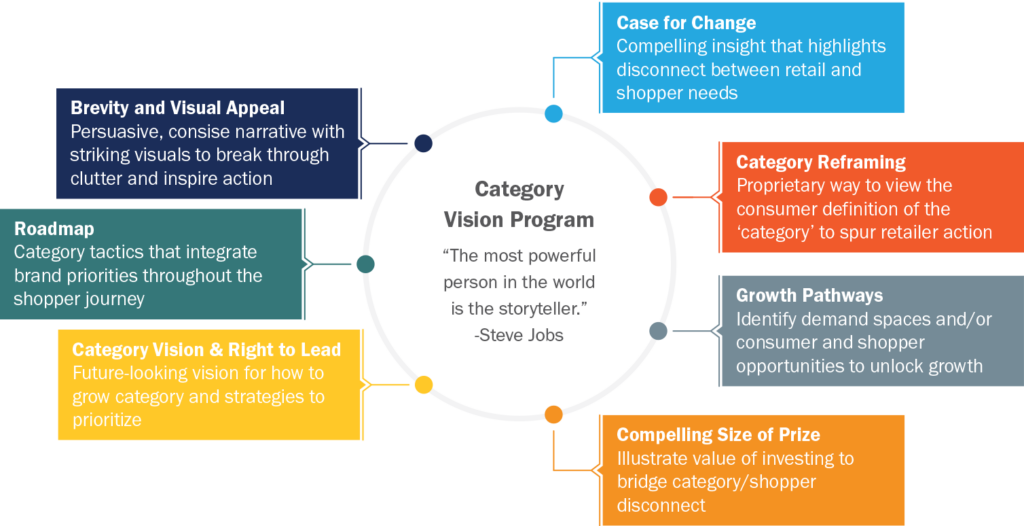
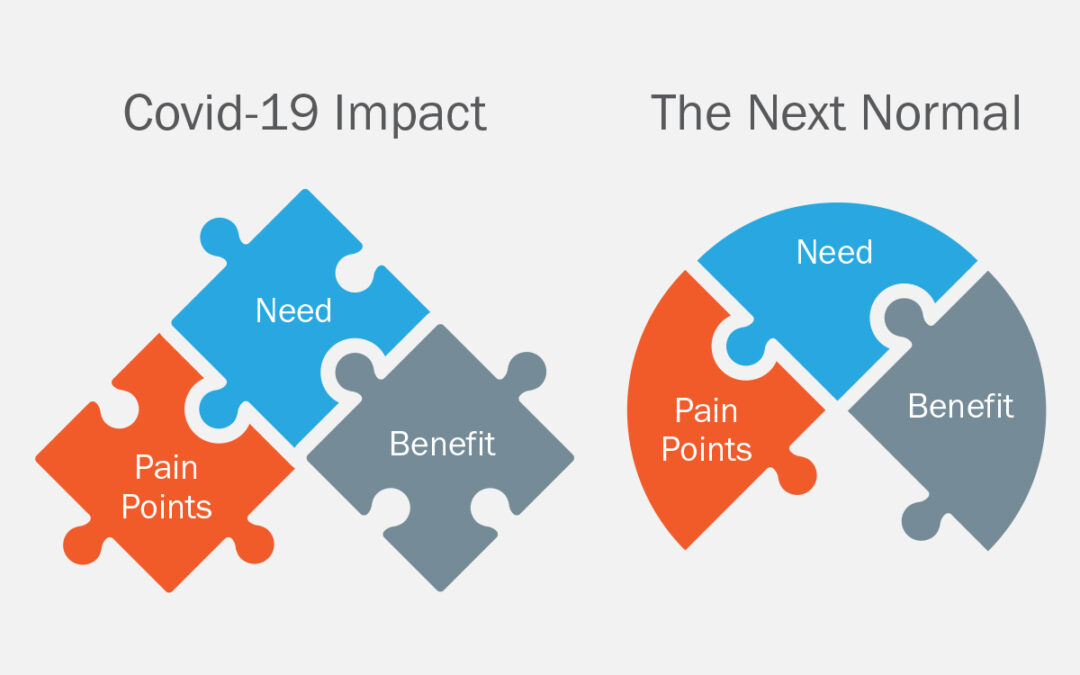

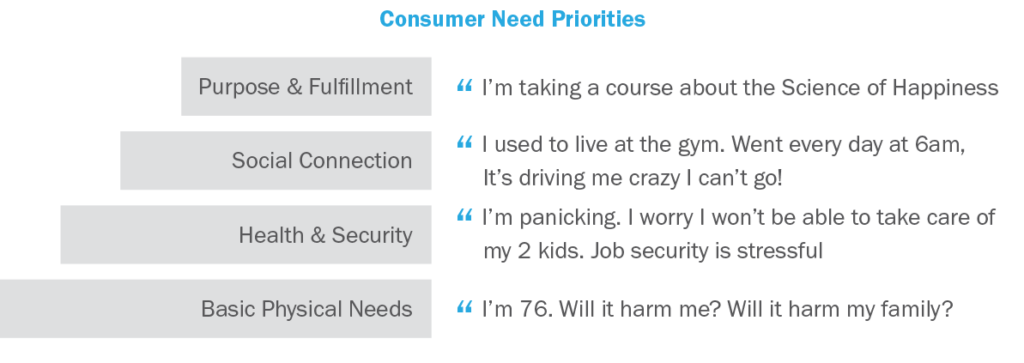

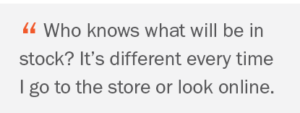 Over the past two months the consumer decision process has been completely disrupted. Prior to COVID-19, many consumer decisions were based on a habitual, subconscious process used to simplify a sea of options. Now, decisions are more deliberate as consumers match new priorities to a rapidly shifting consideration set.
Over the past two months the consumer decision process has been completely disrupted. Prior to COVID-19, many consumer decisions were based on a habitual, subconscious process used to simplify a sea of options. Now, decisions are more deliberate as consumers match new priorities to a rapidly shifting consideration set.
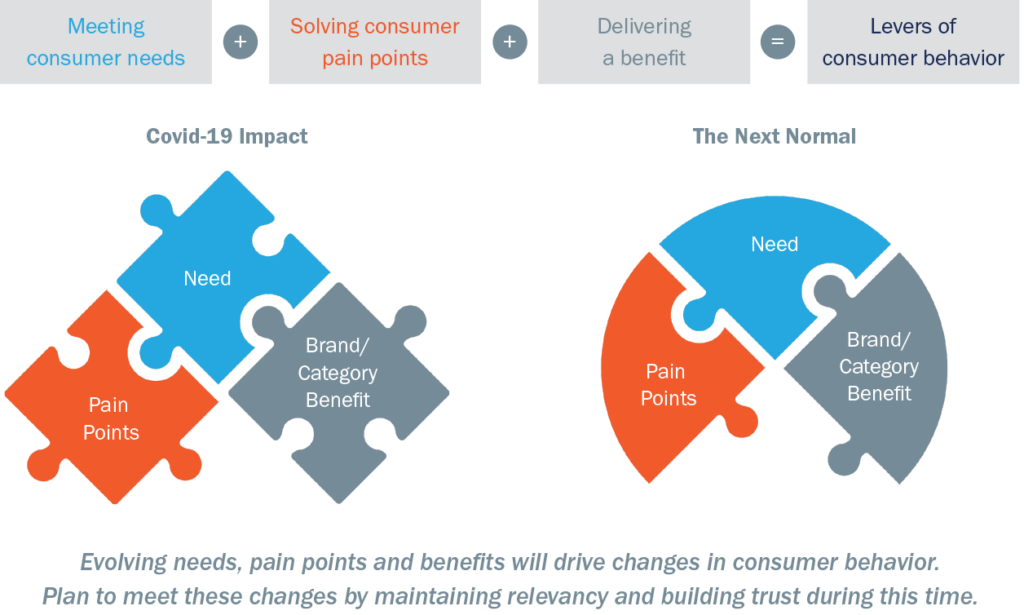
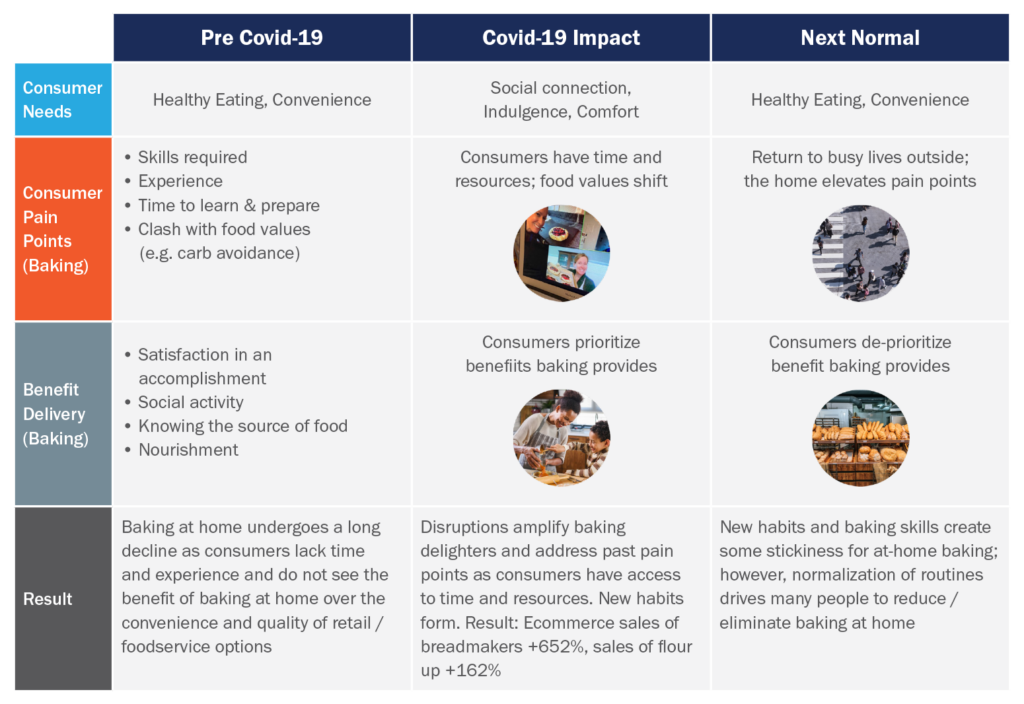

 1 in 2 online delivery grocery shoppers reported wait times of 2+ days
1 in 2 online delivery grocery shoppers reported wait times of 2+ days
